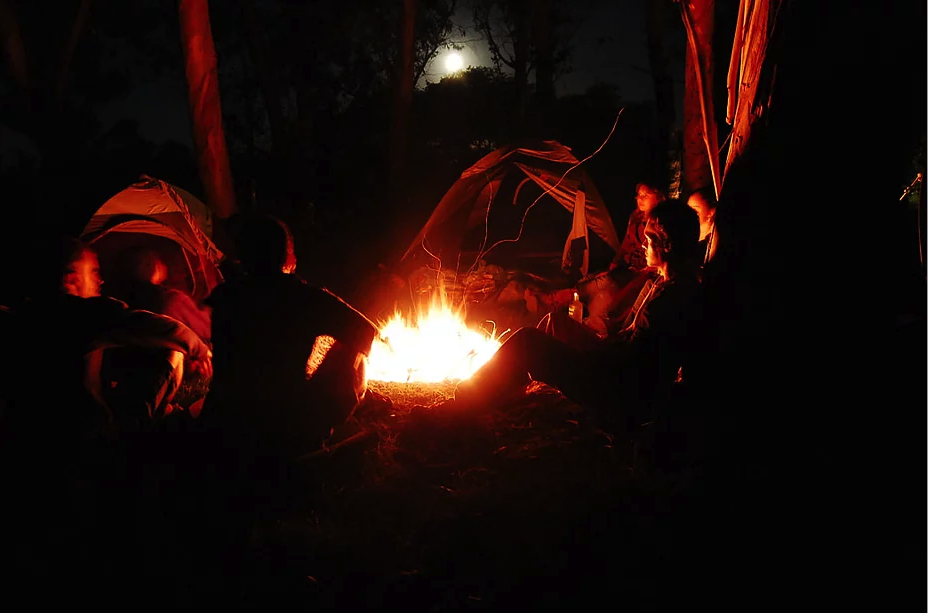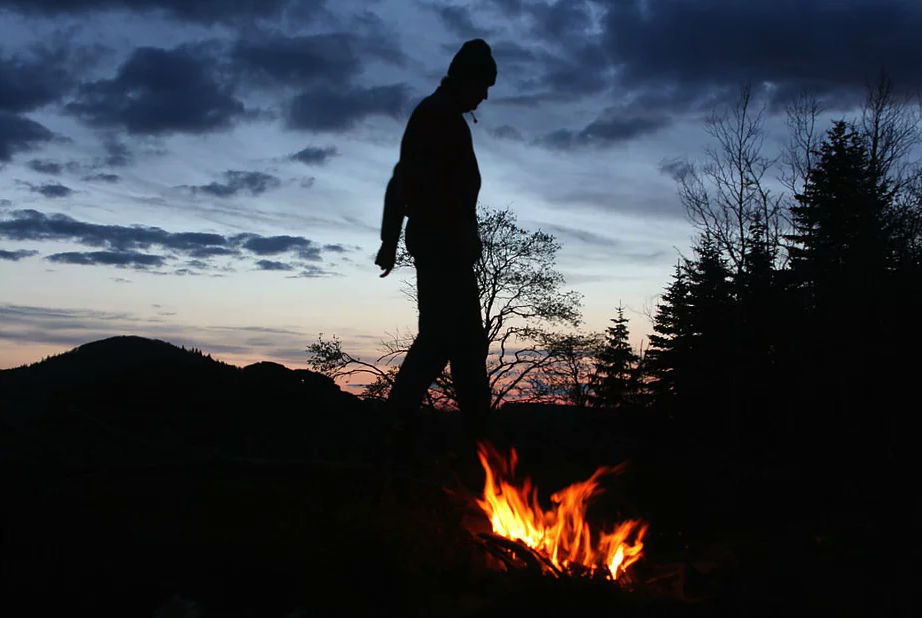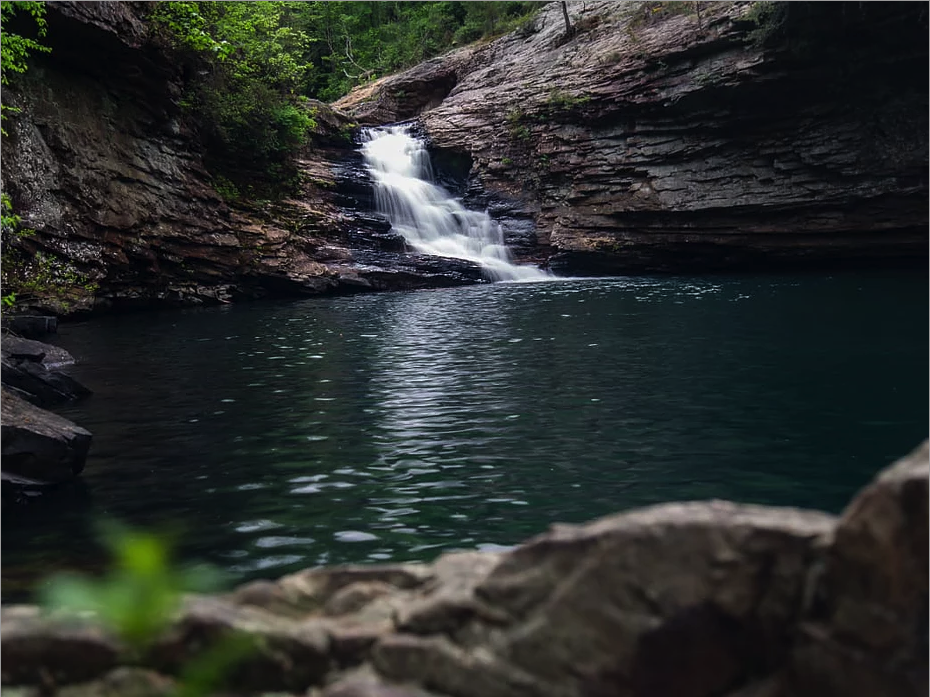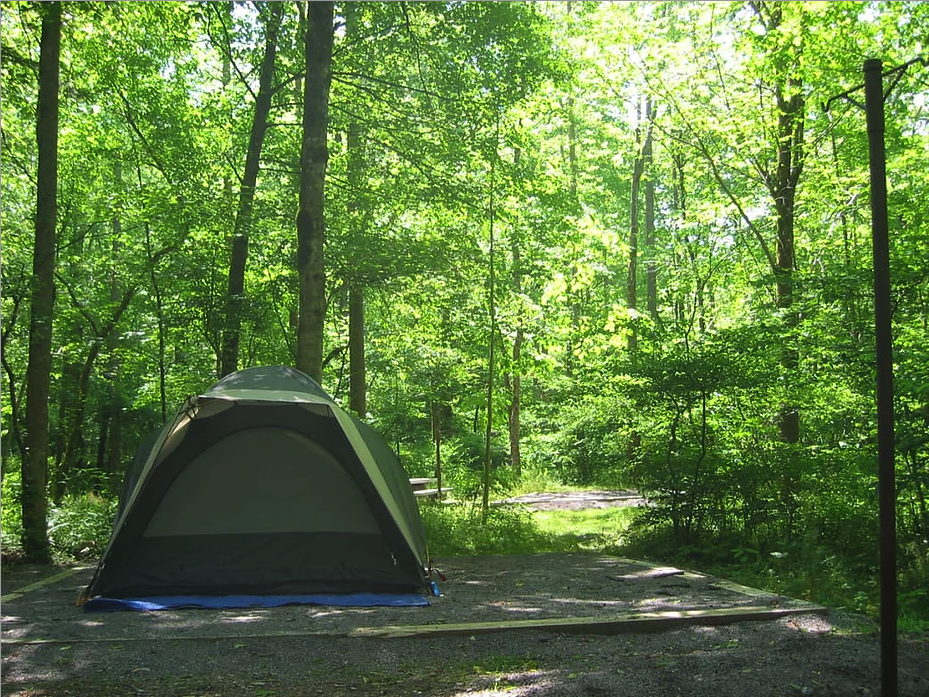After two months of exceptional drought in 2017, forests across the Southeast were like a tinderbox.
“When the leaves started falling, we had no rain to wet them down,” said Tennessee State Park Ranger Stuart Carroll. “If we get periodic rain, the leaves capture the water and help the soil stay moist. But, this year, the rain just seemed to shut off, and we had this incredible load of leaves, limbs and brush.”
Due to lighting strikes and blazes started by people, hundreds of forest fires ignited the heavy load in November, burning 119,000 acres from Alabama to Virginia. In Gatlinburg, Tenn., fires claimed the lives of 14 people (at least another 175 were injured), and nearly 20,000 acres burned in Great Smoky Mountains National Park.
Several states, including Tennessee, issued burn bans, and parks and other recreation areas prohibited the use of campfires.
While rains have returned to the Southeast, the risk of wildfire remains unusually high, due to the previous extreme drought. For the most part, wildfires are caused by lightning, arsonists or people burning brush. But, the chances are greater than normal that a campfire could also cause a disaster.
If recreation areas go back to allowing campfires, people will need to be extra cautious when constructing, tending, and extinguishing the fire. “Campfires are a key component of the camping experience, whether you’re backpacking or car camping,” said Carroll. “But there are a lot things to consider when it comes to building campfires.”
WHEN TO BUILD A FIRE, AND WHEN TO SKIP IT

In the South, campfires are an important part of camping culture, but there are times when you might need to skip this ritual.
First, make sure that fires are even permitted where you’re planning to camp. According to Carroll, each park or recreation area will have its own rules, and these can change depending on conditions, so check with park officials or land managers ahead of your trip. If you can’t build a fire, you can always cook on a camp stove and use lanterns for extra light in camp.
If fires are permitted, make sure that there’s a source of water near your campsite.
“If you don’t have a source of water, don’t build a fire,” said Carroll, noting that it’s extremely difficult to completely extinguish a fire without water. If you’re heading into the backcountry, be aware that streams may have dried up due to the drought, and it’s possible you won’t have water to douse a fire.
Sometimes, people will try to use dirt to simply smother a fire, but this is a lengthy process, and it could take hours for the embers to finally go out and cool off. Also, when you dig up dirt to smother a fire, you impact the area more.
BUILDING FRIENDLY FIRE

When you’re deciding where to build a fire, always use a designated fire ring if one is available. Because hundreds or thousands of people visit campsites each year, designated fire rings limit the impact on the land. Whether you use a fire ring or not, ensure that the surrounding ground is clear of leaves and brush, because a stray ember can quickly create a blaze.
When gathering fuel for you fire, only use dead wood that’s already on the ground. Never harvest wood from live trees, because you could damage the tree severely, and the fresh wood won’t burn effectively anyway. Plus, when you hack on live trees, you ruin the appearance of the forest for campers who come along after you.
Also, avoid harvesting wood from a tree that’s standing but appears to be dead, because these snags serve as habitat for all sorts of animals.
Be aware that some areas receive tons of visitors, and the only way land managers can preserve the environment is by not allowing campers to harvest any type of wood at all. In these cases, you can usually purchase bundles of firewood at a nearby store.
PREVENTING TREE DISEASE
While a drought can increase the chance of a wildfire, it can also put more stress on trees and make them more vulnerable to diseases and pests.
If you purchase firewood or bring in your own, make sure that it’s kiln-dried or a local species. Otherwise, you might accidentally introduce a harmful, non-native pest, such as the emerald ash borer, which can kill an ash tree in just 3-5 years. The larvae of this wood-boring beetle feed on tissues beneath the bark and disrupt the tree’s ability to transport nutrients and water.
In the Southeast, the other big concern is thousand cankers disease, which is spread by the walnut twig beetle and kills trees in the walnut family.
KEEP IT SMALL

When you’re gathering wood for a fire, keep in mind that it’s best to create a relatively small fire, rather than a towering inferno. If you build a bonfire you’ll just waste wood, and it will take forever for the fire to die down.
If you want the ambience of a nice fire, with more flames than smoke, don’t use big chunks of wood. With big logs you’ll get more smoke, and the wood will smolder for hours and make it harder to extinguish the fire completely. The better option is to use smaller pieces of wood that are 2-3 inches in diameter, which will produce brighter flames and burn up more quickly.
Also, it’s dangerous to use accelerants to start a fire, and you should never use gasoline, because it can explode.
TENDING YOUR FIRE
If you want to throw a scorched marshmallow into the fire, it’s not a big deal. But, don’t toss in loose, lightweight things, like leaves or paper, because these materials can float into the air, come back down, and ignite leaves elsewhere.One of the most important rules is that you should never leave a campfire unattended. Before you go to sleep or break camp, make sure that the fire is out completely.
EXTINGUISHING THE FIRE
When it’s time to put out the fire, you need to do a thorough job to ensure that materials don’t reignite once you’ve left the area:
- Allow wood to burn to ash Allow the wood to burn completely to ash, and make sure there are no large chunks of wood that can hold internal heat. You’ll find that it’s easier to cool the fire if it’s just ashes.
- *Drown the ashes with water * Don’t just douse the red embers, but all of the embers. Keep pouring water on the fire until it stops hissing and spewing thick white and gray smoke.
- Stir the wet ashes Once you’ve doused the ashes, stir them to make sure the water gets into tighter areas on the bottom. You can do it with a shovel, or you can first douse a stick with water and use it to stir the ashes. When you remove the stick, leave it in the campfire, and ensure it doesn’t stick out of the campfire ring where it can ignite surrounding vegetation.
- Carefully check for any remaining heat After you’ve doused and stirred the ashes, hover your hand over the ashes carefully (not so close that you’ll get burned!), and make sure no heat is emanating from it.
Anyone who has spent a night out in the forest knows that feeling of sitting around a campfire. Maybe it goes back to humans’ earliest days when fires not only provided warmth, but also lit up the night to create a sense of security. Hopefully, the wildfire threat will diminish enough so that we can once again enjoy the warm glow of a fire around camp in Tennessee and beyond.
“Campfires really are a special part of the camping experience,” said Carroll, “Hopefully we can soon get back to normal.”
For more information about campfire safety contact us at Little River Trading Co by following the link below.



